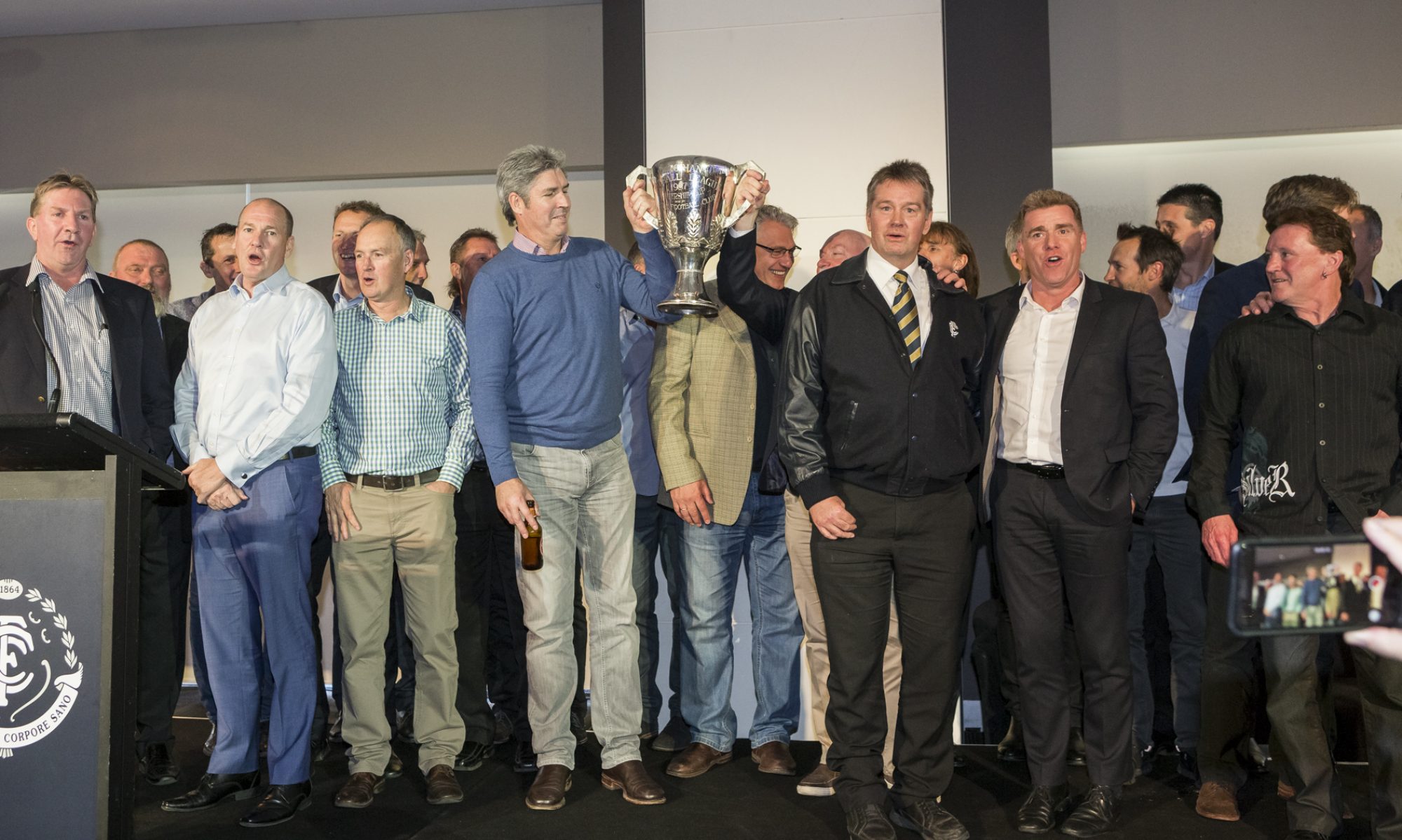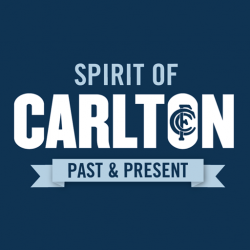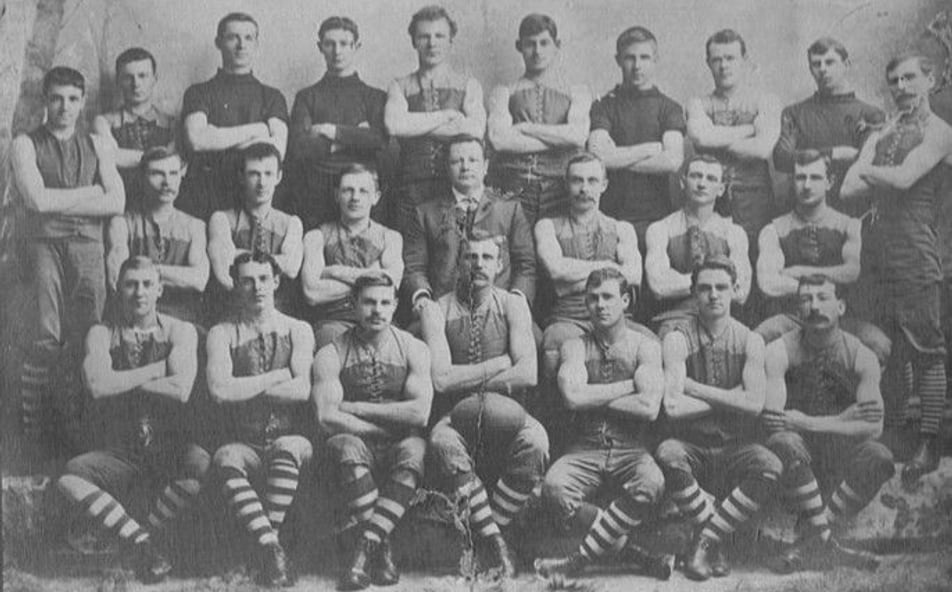Ken Hunter 1988 – New Video
Three-time premiership player Neil Chandler passes away
Vale, Neil Chandler.
Ian Herman 1988 – New Video
Wayne Harmes 1988 and entire career – New Video
Wayne Harmes 1970s - Carlton Football Club Past Player
Wayne Harmes 1980-81 - Carlton Football Club Past Player
Wayne Harmes 1982 - Carlton Football Club Past Player
Wayne Harmes 1983 - Carlton Football Club Past Player
Wayne Harmes 1984 - Carlton Football Club Past Player
Wayne Harmes 1985 - Carlton Football Club Past Player
Wayne Harmes 1986 - Carlton Football Club Past Player
Wayne Harmes 1987 - Carlton Football Club Past Player
Wayne Harmes 1988 - Carlton Football Club Past Player
Get Your Tickets to the Spirit of Carlton Luncheon
AFTER TWO YEARS, OUR SPIRIT OF CARLTON COMMITTEE IS EXCITED TO ANNOUNCE THAT THE ANNUAL SPIRIT OF CARLTON LUNCHEON IS BACK! THIS YEAR WILL BE BIGGER THAN EVER, CELEBRATING NOT ONE, NOT TWO, BUT THREE PREMIERSHIP REUNIONS!
TICKETS ARE NOW ON SALE BELOW TO JOIN THE 1972, 1981 AND 1982 PREMIERSHIP-WINNING SIDES AS WE ALL RECONNECT AND REMINISCE ON THREE OF THE CLUB’S GREATEST FLAGS.
- Enjoy a bespoke two-course luncheon with premium beer, wine and soft drinks served throughout the day
- Mix with all the teams from three of our great flags: 1972 and the back-to-back teams of 1981 and 1982
- Be entertained as you hear epic stories from our premiership player panels
- Auction and major raffle to win Carlton memorabilia
- Select members of our current day team and coaches in attendance
SPIRIT OF CARLTON PREMIERSHIP REUNION
THURSDAY 11 AUGUST 2022
12PM – 3:30PM
VICTORY ROOM, MARVEL STADIUM
SMART CASUAL
BUY NOW INSTRUCTIONS:
- Follow this link – CLICK HERE
- Click “BUY NOW”
- Add the total amount of tickets wanted.
- Click “BUY”
- Click on the drop-down shopping cart at the top right of your screen to review your order.
- Click Proceed to “Checkout”
- Login to your Carlton Corporate account. If you do not have an existing account, click “Sign up now”.
- Once logged in, follow the payment processing prompts.
If you have any further queries, feel free to contact us via email at corporate.sales@carltonfc.com.au
Milham Hanna 1988 – New Video
Adrian Gleeson 1988 – New Video
Vale, John Lloyd
The Carlton Football Club’s tribute to John Lloyd.
David Glascott 1988 – New Video
Bernie Evans 1988 – Latest Video
Coleman Medallists Tom and Harry cross paths at Carlton
A meeting between Carlton’s inaugural and reigning Coleman Medallists.
Latest Video – Jamie Dunlop 1988
Bruce Doull breaks silence for David Rhys-Jones’ challenge
Bruce Doull speaks with David Rhys-Jones ahead of the #15for15 Challenge.
Latest Video – Jon Dorotich 1988
Latest Video – David Kernahan 1988
Latest Video – Richard Dennis 1988
Latest Video – Steve Da Rui 1988
Latest Video – Jim Buckley 1988
Remembering Ross: Footballer, doctor, soldier
Thomas Gordon Ross is forever remembered for his bravery in wartime.



 Subscribe to my channel
Subscribe to my channel











